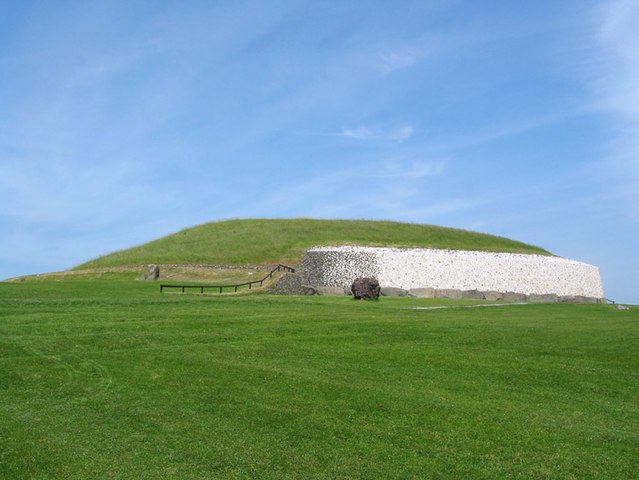22 February, 2016
The Fair in Emain Macha by Charles de Lint
1. The driving plot force here is actually pretty simple: give the main character something to want, then don’t let him have it. Colum wants to go home, to stay away, to just get away from everywhere, to get the girl, to kill the king, to befriend the Bear—and all of these are forbidden to him. This sets up the plot perfectly for a novella: five balls thrown up in the air straight off, then some exposition and ball-catching to bring them to closure. It works here because there is enough driving the story forward to keep one interested, but not so much that de Lint needs a large amount of exposition to make sense of the plot points he’s juggling. In other words: there’s enough going on to keep interest throughout the length, but not so much that it bogs the book down with information. De Lint balanced these well and his plot is mostly a success because of it.
2. I write ‘mostly successful’ because there is one annoying aspect of the plot: a deus ex machina moment at the end. Colum spears a dying druid through the heart, who then turns into a god and, instead of dying, is healed. This came with too much import to be seen as anything other than a cheap escape from a corner de Lint had written himself into. He foreshadows this transfiguration with a similar one a few pages earlier, and with the mystery surrounding druids throughout. But because the spearing is the ultimate moment of the book, the culmination, the foreshadowing isn’t enough. Aside from this one cheap bit, the plot works really well.
3. Character development is appropriate. Colum has competing desires, and competing mental states. This might be a little too cut and dry with the red rage, but it works in this novella because how much space does de Lint really have to make three dimensional characters with all the action going on? There’s not enough action to justify this being a novel without stretching a complex theme awkwardly over the top, but it’s too much to allow the author to develop these characters without splitting his attention awkwardly. Despite this, Colum is a well-crafted character, as are a couple of the others. And that shows good instincts.
4. The writing is a bit awkward, only because I haven’t read enough Yeats to understand all about Irish mythology, which is what the writing relies on. This keeps the reader inferring from context constantly, which is fine but a little annoying. The sentence structure and word choices are pulp fiction, but they’re done well. The dialogue is a bit stilted. In all, the writing is passable and fine.
5. It is a fun little tale with a theme of keeping promises and knowing when to be patient and when to be aggressive. Colum tries to fit his goals into a society that had forgotten him, and ends up relying upon others in order to accomplish some of them. It’s about compromise without compromising.
6. In short, I like Fritz Leiber, but out of this double-book, this story is more enjoyable than Leiber’s. I read on the internet that de Lint is all about urban fantasy, and I’ll have to read some of that because this is enjoyable as a short, quick adventure tale. This is more mythical fantasy though—dealing directly with Irish myths.
Subscribe to:
Post Comments (Atom)






No comments:
Post a Comment